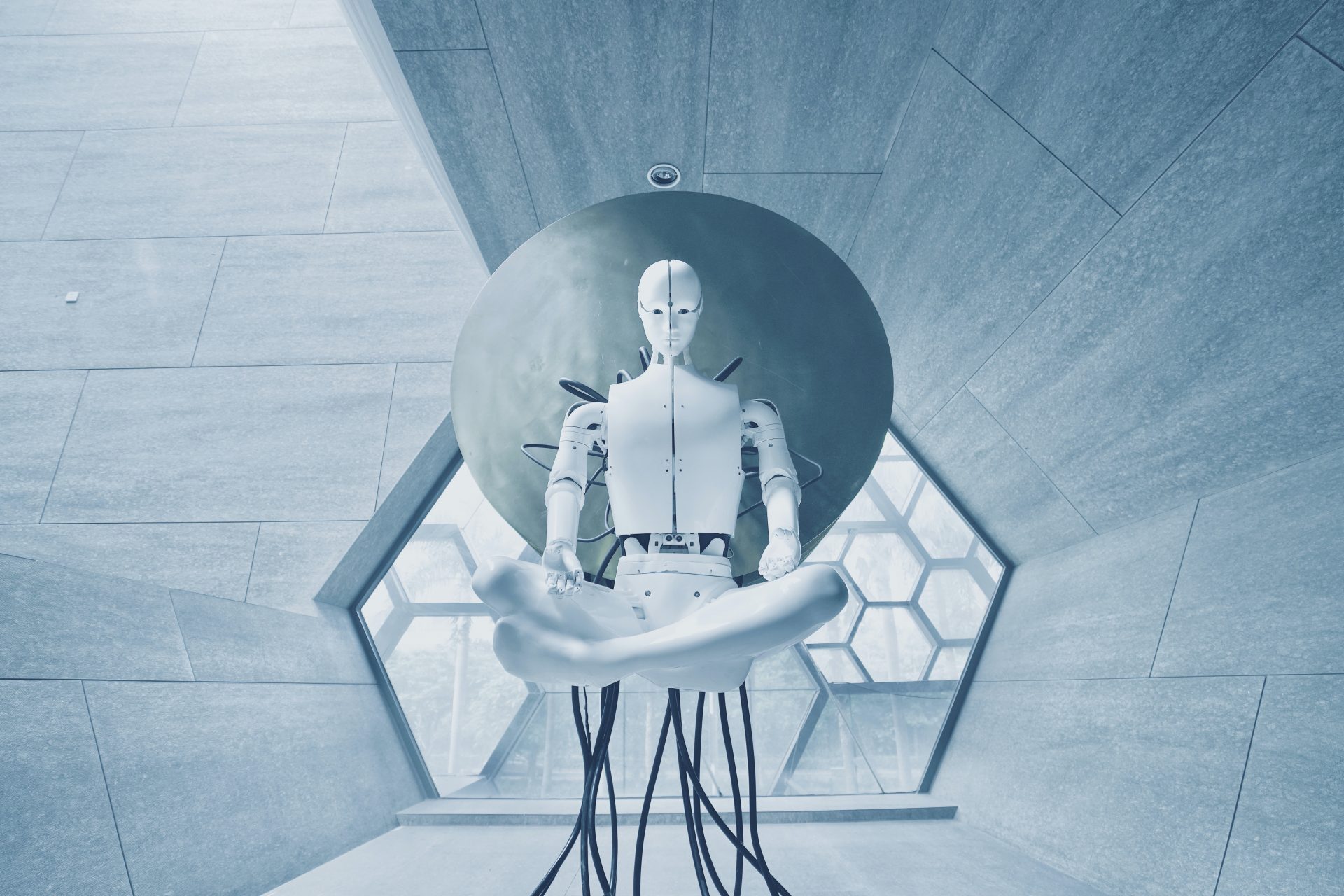How scientists are using Atari to study neurons
Atari's iconic game 'Pong' is part of a major scientific investigation: how to make neurons work autonomously, outside the brain.
It is pretty wild to thing that in a laboratory there are two neurons (outside of a brain!) that are playing Pong.
The experiment is explained in a Nature article titled 'Neurons in a dish learn to play Pong — what’s next?' The neurons were created in vitro and manipulated by a team at Cortical Labs in Melbourne.
The Nature article specifies how this type of study can serve to advance pharmacology and the cure of neurological diseases. However, it is also creating a path to "use neurons to develop “biological processing units” for use in computing," according to Steve Potter, a neuroengineer from the Georgia Institute of Technology in Atlanta.
Cortical Lab (the laboratory responsible for this experiment) assures on its webpage that they are breaking the silicon barrier, the material with which chips are built. In their own words, the company's goal is: "An entirely new mode of being. A fusion of silicon and neuron. A native to the digital world lit with the promethean fire of the human mind."
The term the researchers use is Dishbrain, a brain that could be built from neurons grown on microelectronic arrays.
So far, this Pong experiment showed that neurons have the ability to operate autonomously. Through a system of electric shocks, they were taught to play efficiently.
According to Nature, the autonomous operation of the neuron has nothing to do with its having any kind of consciousness. Their activity occurs be at a much more basic level.
Image: Josh Riemer/Unsplash
Brett Kagan, chief scientific officer of Cortical Labs, explained in the press release: "We have shown we can interact with living biological neurons in such a way that compels them to modify their activity, leading to something that resembles intelligence." One more step in the ambitious project of Cortical Labs: the creation of a new generation of biological computer chips.
Image: Adi Goldstein/Unsplash
Brett Kagan (in the image, next to him is the co-founder of Cortical Labs: Hon Wen Chong) also explains that the experiment opens the door to carry out scientific tests (on drugs, therapeutic interventions or effects of various substances on the brain) through the use of autonomous neurons, which will inform us very precisely what the reaction is.
Image: Cortical Labs
According to Cortical Labs, this research opens up a whole “new scientific field”: “For us it is a chance to answer a question, what happens when you grow an organic mind in a digital world?"
Image: Bret Kavanaugh/ Unsplash
It is about making technology with biological elements such as neurons. A computer that works with neurons (created in vitro, like the ones in the experiment). Like a cyborg (mixture of human and robot) that science fiction always dreamed of.
Image: Aideal Hwae / Unsplash
The experiment of neurons playing shows that this technique can be much faster, more efficient and powerful than the creation of artificial intelligences by mere programmatic development.
Image: Possessed Photography/Unsplash
The anecdotal part of the experiment is why Cortical Labs chose Pong as a fun game for their brain cells.
Actually, as Nature theorizes, the choice of Pong has to do with the tastes of technology entrepreneurs, big fans of old arcade games created on the iconic Atari.
As neurobiologist Steve Potter told Nature: "People interested in AI are very keen on anything that can play Pong. That was a brilliant decision.”
Neurons that work by themselves in a laboratory, without a brain to coordinate them. Once again, the scientific advances that lead us into the future seem like the stuff of fantasy. Like a story written by Isaac Asimov or Ray Bradbury.
Image: note thanun / Unsplash
More for you
Top Stories






























